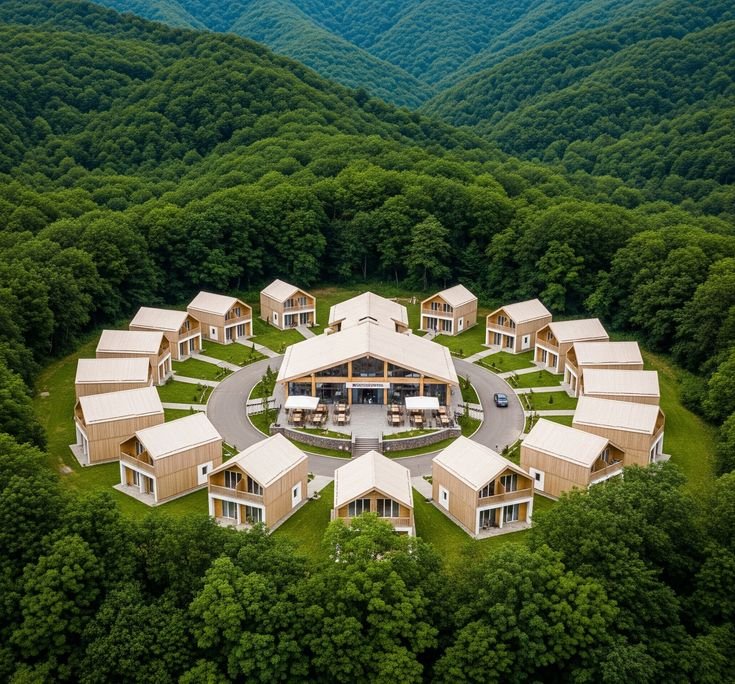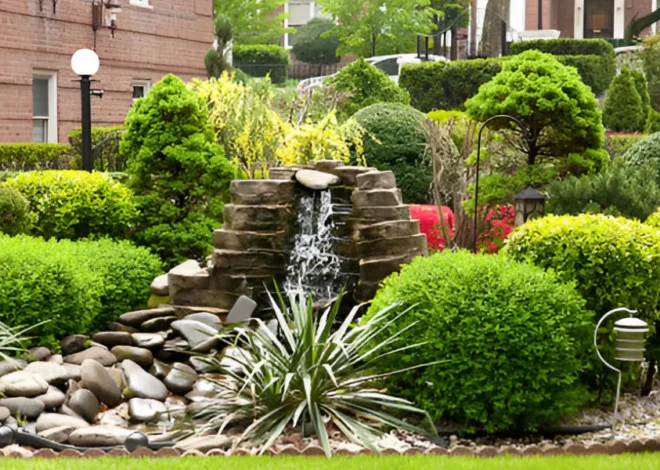
From Micro Forests to Living Fences: Transform Small Spaces into Wellness Gardens in 2025
Creating a wellness garden has become a focal point in 2025 as people seek serene, health-boosting escapes within their homes. The challenge for many lies in maximizing smaller spaces — but innovative techniques like micro forests and living fences are redefining what’s possible. Here’s an in-depth look at these strategies and how you can harness them to cultivate your own restorative sanctuary.
Why Wellness Gardens Matter in 2025
With urban living on the rise, access to expansive greenery is becoming increasingly rare. However, small-scale gardening trends are gaining traction, offering a way to integrate natural elements into compact environments. Wellness gardens are no longer just a luxury; they’re essential for mental health, physical relaxation, and even improving air quality.
What Are Micro Forests?
Micro forests mimic natural ecosystems but in a highly condensed format. Developed from the Miyawaki method, these dense, self-sustaining landscapes can flourish in spaces as small as your backyard or even a shaded apartment courtyard. In 2025, micro forests are one of the most talked-about trends thanks to their benefits:
- Rapid growth: By planting diverse native species and nurturing them intensively at the start, micro forests grow 10x faster than traditional gardens. Expect full maturity within three years.
- High biodiversity: Even a 10×10-foot space can host a variety of trees, shrubs, and ground cover.
- Eco-friendly: Micro forests absorb carbon dioxide, help manage stormwater, and create oxygen-rich pockets where you live.
How to Create a Micro Forest in Your Space
- Assess sunlight and soil conditions: Identify the area that receives ample sunlight and understand your soil’s nutrient profile.
- Use native plant species: Choose plants suited to your geography for faster establishment and lower maintenance.
- Plant densely: Position plants close together to encourage competition and rapid growth. Each square foot should contain several seedlings.
- Mulch and water heavily: Cover the soil with mulch to lock in moisture and apply generous watering in the early months for strong root development.
Living Fences: The Ultimate Dual-Purpose Solution
Living fences combine beauty with functionality, acting as green partitions while also boosting biodiversity. Unlike traditional walls, these are constructed with plants, vines, or shrubs tailored to your space and lifestyle.
Benefits of Living Fences
- Space optimization: Perfect for small gardens where walls or hedges would feel too bulky. Living fences offer structure without the heaviness of solid barriers.
- Air purification: Increase oxygen and filter particulates within urban environments.
- Aesthetic appeal: Living fences can bloom flowers, grow edible components like herbs, or serve as walls of lush greenery.
Innovative Living Fence Ideas for 2025
- Climbing edible plants: Use vines such as cucumbers, grapevines, or passion fruit to turn a vertical space into a productive corner.
- Privacy-enhancing bamboo walls: Compact varieties like clumping bamboo are fantastic for dense green screens that grow rapidly without taking over.
- Pollinator-friendly fencing: Incorporate flowering shrubs like lavender, salvia, or jasmine to attract bees, butterflies, and hummingbirds.
Integrating Wellness Design Trends of 2025
Smart Technology in Gardening
Smart gardening tools have surged in popularity in 2025, designed to work seamlessly in modern, compact wellness gardens. Automated drip irrigation systems, AI-powered plant monitors, and app-controlled grow lights are ideal companions for those balancing busy schedules with garden care.
Circular Gardening Practices
The zero-waste movement has deepened its influence on gardening. People are converting kitchen scraps into compost and using recycled containers for planters. For example:
- Companion planting: Grow species that support each other, such as pairing nitrogen-producing legumes with leafy greens.
- Greywater systems: Repurpose water from showers and sinks to irrigate your wellness garden sustainably.
Therapeutic Features to Boost Relaxation
Wellness gardens in 2025 are designed not just for their visual appeal but also to soothe the senses:
- Install small water fountains to introduce calming sounds and natural humidity.
- Choose fragrant plants like rosemary or chamomile for a subtle aromatherapy effect.
- Add modular seating zones to provide a cozy nook for reading or meditating.
Maintaining Your Small-Space Wellness Garden
Creating a low-maintenance garden doesn’t mean it will be effortless, but with these tips, staying on top of things will feel manageable:
- Seasonal pruning: Regularly trim living fences and micro forests to maintain their desired shape and prevent overgrowth.
- Nutrient boosts: Use eco-friendly fertilizers like compost tea or bone meal to ensure vibrant growth year-round.
- Adapt to weather extremes: Modern drought-tolerant plant varieties are a smart choice for areas prone to climate volatility.
Final Thoughts
Transforming small spaces into wellness gardens is no longer a lofty dream. Innovations like micro forests and living fences empower anyone to bring nature closer to home, enriching both mental well-being and the environment. With thoughtful planning, even the tightest urban corners can become a haven of calm, beauty, and sustainability. If you’ve been inspired to try your hand at gardening this year, there’s no better time to start than now.


